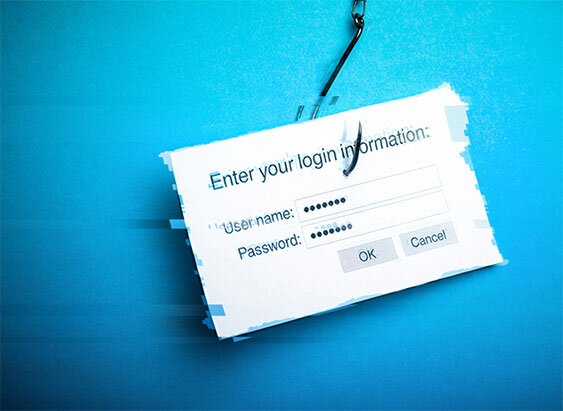Have you received a text that looks a little… off?Maybe it claims your bank account is frozen or your Amazon package is delayed. Or perhaps it’s offering you free pizza for life (we wish). Before you tap that link, hold up! You might just be staring down a smishing attack.
Smishing, short for SMS phishing, is a type of cyberattack where threat actors trick you into giving up personal information or downloading malware through text messages. It’s sneaky, effective, and becoming more common as we rely on our phones for, well, pretty much everything.
Here’s how smishing works, how it differs from regular phishing, real-world examples to keep an eye out for, and proactive steps you need to take to protect yourself and your business.
How Smishing works
Smishing is like phishing’s tech-savvy younger sibling. Instead of showing up in your inbox, these scams land in your text message feed. The goal? Get you to share sensitive info, install malware, or unwittingly hand over login credentials.
Here’s the usual playbook for a smishing scam:
Fake Identity: The attacker pretends to be someone trustworthy, like your bank, delivery service, or even the government.
Urgency Alert: Look out for messages that scream “urgent!” or “immediate action needed!” This could mean a supposed fraud alert, a missed package, or a tax refund opportunity.
Malicious Links: These texts often contain shady links that lead to fake login pages or websites crawling with malware.
Phone Ploys: Some smishing attacks ditch the links entirely and provide a phone number, connecting you to scammers posing as customer service reps.
Smishing plays on trust and panic. And since people tend to trust text messages more than emails, the success rate of these scams can skyrocket.
Real examples of smishing
To spot smishing, it helps to know what these attacks look like in the wild. Here are a few classics:
Bank Fraud Alert: “[Bank Name]: Your account is locked. Click here to verify your identity.” The link takes you to a fake but very convincing login page where the bad guys capture your credentials and now have access to your bank account.
Delivery Scam: “Your FedEx package is delayed. Confirm your address here [malicious link].” Spoiler alert: No package is coming, but malware is.
Government or Tax Scam: “IRS ALERT: You are owed a $969 refund. Claim now at [fake URL]” The only thing you’ll be claiming here is a headache.
Two-Factor Bypass Scam: “[Your MFA app]: Someone requested to log into your account. If this was not you, reply with your verification code.” Sounds official, right? Except it’s not your MFA provider texting you.
Each of these examples plays on fear or urgency, trying to lower your guard. One click is often all it takes for chaos to follow.
Smishing vs. Traditional Email Phishing
Not all phishing attacks are created equal. Here’s a quick breakdown of how smishing stacks up against old-school email phishing:
Feature | Smishing | Email Phishing |
Channel | SMS/text messages | |
Device Targeted | Phones | Any device with email |
Sense of Urgency | Higher (instant alerts) | High, but less of a rush |
Clickthrough Risk | Easy to tap links | More time to think |
Detection Tools | Limited spam filters | Advanced spam filters |
Smishing takes convenience and turns it against you. The instant nature of texts means victims often react quickly, making it a favorite trick among hackers.
How to prevent smishing
Good news! You don’t have to be a cybersecurity pro to protect yourself and your team from smishing. Just follow these guidelines:
Don’t click on suspicious links: Even if the message looks legit, avoid tapping links in unsolicited texts. Always go directly to the official website or app.
Verify before acting: If you get a text asking for sensitive information, contact the organization directly. Use the official number from their website—not the one in the message.
Enable spam filtering: Check your phone’s settings for SMS filtering features. Many carriers also offer spam-blocking tools to help filter out junk texts.
Stay updated: Hackers love vulnerabilities. Keep your mobile operating system and apps updated to patch any weak spots.
Report it: Forward smishing texts to your carrier by texting them to 7726 (SPAM in the US). You can also report them to local authorities or a government cybercrime agency.
FAQs About Smishing


Stay One Step Ahead of Smishing
Smishing thrives on urgency and trust, which is why education and security awareness training are your organization’s best defenses. By knowing what to watch for and taking the right proactive steps, you can shut down scammers before they get the chance to strike.
Oh, and the next time you get a text offering you something amazing, like that free pizza for life? Make sure to pause and think. It’s better to double-check than to end up with a side of regret.


Protect What Matters








